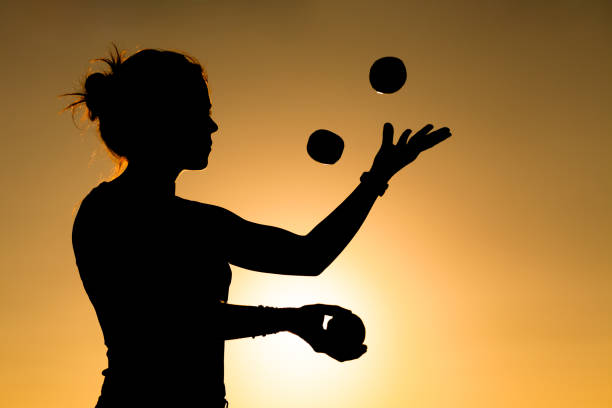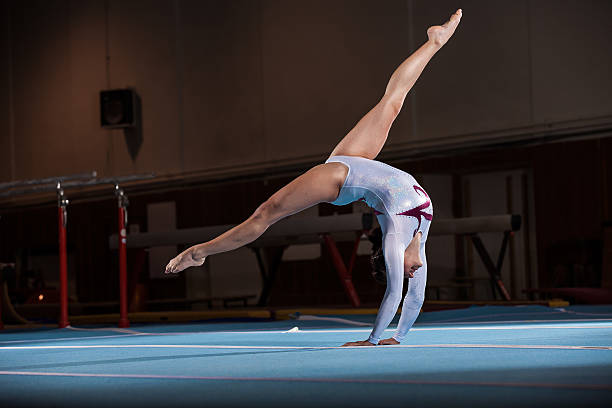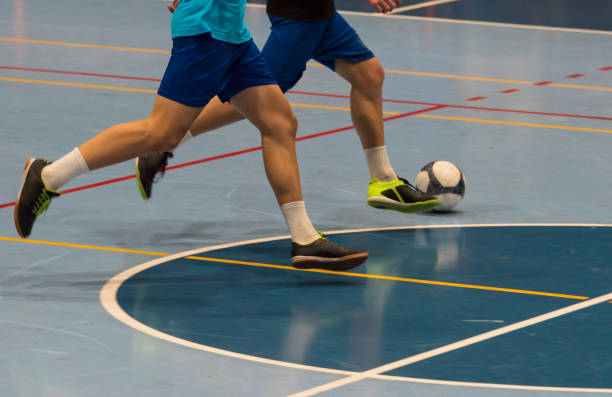Unraveling the Mystery: The Intricate Art of Sports Juggling
The world of sports is vast and varied, teeming with competitive disciplines that test human strength, agility, and endurance. However, one aspect of sports that often flies under the radar is the intricate art of sports juggling. This article provides an in-depth look at sports juggling, from its historical roots to its current trends and the scientific principles that underpin it.

The Origins and Development of Sports Juggling
Sports juggling, also known as joggling, combines the athletic prowess of running with the rhythmic skill of juggling. While the origins of juggling trace back to ancient civilizations, the fusion of juggling and running is a relatively new phenomenon.
The first recorded instance of joggling occurred in the 1970s, with Bill Giduz and Albert Lucas pioneering the sport. The International Jugglers’ Association (IJA) subsequently established joggling as an official competitive event in 1980. Since then, sports juggling has grown, evolving into a recognized sport with world championships and dedicated athletes worldwide.
The Current Landscape of Sports Juggling
Today, joggling is a global sport with a thriving community, and the IJA continues to hold World Joggling Championships annually. Athletes compete in various categories, ranging from 100m sprints to 5k races, while juggling three to seven balls, rings, or clubs. Notably, the sport has also gained popularity among marathon runners, with several world records set for juggling while running 26.2 miles.
The Science Behind Sports Juggling
Sports juggling is as much a mental challenge as it is a physical one. The act of juggling while running requires an intricate balance of focus, rhythm, and hand-eye coordination. Neurologically, juggling stimulates the brain’s frontal lobes responsible for problem-solving and task management, promoting cognitive agility and multitasking skills.
Physiologically, sports juggling improves cardiovascular endurance, agility, and coordination. Juggling while running requires stamina, mental focus, and the ability to maintain a steady juggling pattern amidst physical exertion.
Real-World Applications and Benefits of Sports Juggling
Sports juggling offers several benefits beyond just physical fitness. It fosters concentration, dexterity, and resilience—qualities applicable to various facets of life. Furthermore, it’s an inclusive sport that can be enjoyed by individuals of all ages and fitness levels.
Moreover, sports juggling is a unique spectacle that brings joy and inspiration to spectators, highlighting the incredible versatility and creativity of human athletic potential.
In The Future of Sports Juggling
While sports juggling might not yet have the same recognition as more traditional sports, its unique blend of athleticism and artistry offers an exciting and unconventional athletic pursuit. As it continues to grow, there’s no doubt that this intriguing sport will keep challenging our understanding of what’s possible in the realm of athletic achievement.





